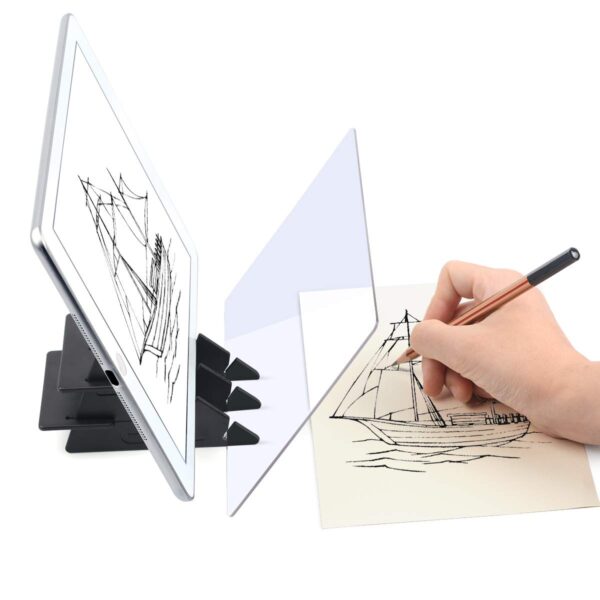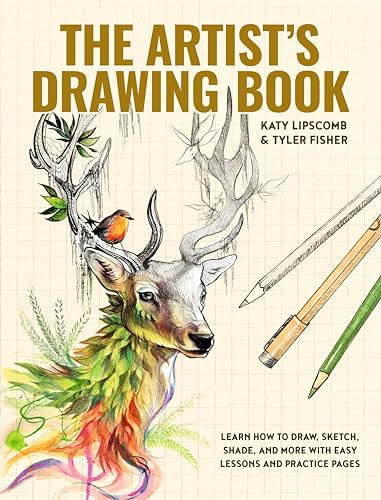
Rendering in art is a transformative technique that elevates a simple sketch into a lifelike piece, emphasizing depth and dimension through light, shadow, texture, and color. Considered both a skill and an art form, rendering transforms imagination into tangible visual narratives.

The essence of rendering lies in its ability to convey an artist’s unique perspective by enhancing the realism and depth of artworks. Mastery of rendering techniques enriches artistic expression and enables artists to communicate more vividly through their art. When artists effectively interpret light, shadow, and texture, they captivate viewers, drawing them into the narratives they've crafted. Different rendering techniques allow artists to express various stylistic nuances, whether through smooth transitions in digital art or the careful interplay of light and shadow in traditional painting.
Understanding the basics of rendering involves mastering various techniques, each with its distinct set of applications and effects:

Choosing the appropriate rendering technique depends on both the artistic medium and the subject matter. For instance, oil paints may be ideal for smooth rendering, whereas pencils are better suited for hatched techniques. Artists are encouraged to experiment to discover what best suits their personal style. For those interested in digital mediums, exploring digital drawing inspirations can offer fresh perspectives.
Rendering finds significance across various art forms:
Aspiring artists looking to improve their rendering skills should consider the following approaches:

Well-rendered artworks enhance viewer perception, making scenes appear more three-dimensional and engaging. By utilizing varied rendering techniques—from realism to abstraction—artists effectively communicate visions and emotions, amplifying how their work is appreciated. Notably, the fundamentals of rendering art extend beyond the canvas; in disciplines like CGI and interior design, achieving photorealistic rendering involves mastering texture, lighting, and shadows, much like traditional art forms. For those seeking a deep dive into rendering's role beyond conventional uses, exploring resources like "Rendering with Radiance" or investigating medical renderings can be incredibly enlightening.

Delving into the basics of rendering art, the Yuntec Optical Sketching Painting Artifact offers novices and professionals an impressive tool to refine their craft. Through its innovative optical imaging, this device projects a digital or physical image onto paper, enabling artists to trace or draw with precision. As seen in the product image, the clarity and crispness of the projected outline ensure that even intricate designs can be mastered with ease, making it an invaluable asset for enhancing drawing skills and speeding up the creation process.

Immerse yourself in the world of art with the comprehensive "Artist's Drawing Book," a treasure trove for both budding and experienced artists seeking to hone their rendering skills. Its pages brim with step-by-step lessons that simplify complex art concepts, making them accessible and engaging. The cover showcases vibrant artwork that promises inspiration and demonstrates the potential skills to be mastered through practice. By exploring this book, artists will gain a firmer grasp on rendering techniques, enriching their artistic journey.
Take the first step towards mastering the art of drawing by exploring this insightful guidebook that stands as a vital resource in understanding the basics of rendering.
As you explore the fascinating world of rendering art and the endless possibilities it offers, we invite you to dive deeper and connect with us on this creative journey. If you’re looking to stay inspired and keep up with our latest content, why not follow us on Pinterest for more intricate artistic ideas? You can also catch behind-the-scenes snippets and vibrant visuals on our Instagram. For quick art tips and engaging discussions, join us over on X (formerly Twitter), and be part of our community where creativity knows no bounds. Don't forget to stop by our Facebook page to share your own rendering creations and experiences. We’d love to hear from you and to see how rendering has transformed your art into masterpieces. Happy rendering, and see you online!

Immerse yourself in architecture’s most boundary-pushing ideas—where innovative home improvements meet visionary urban developments. Discover new building techniques, materials, and creative concepts that are redefining how we shape our spaces on a global scale.